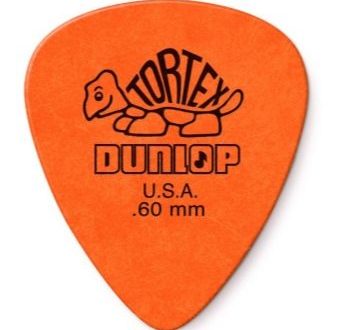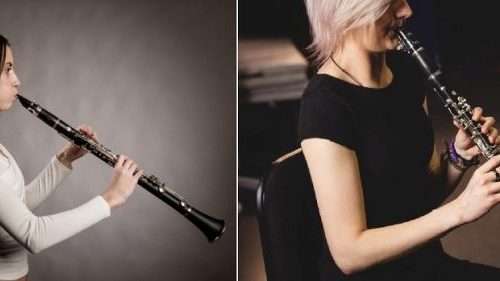
How to play Dombra?
Contents
The Kalmyk dombra chichirdyk is a folk instrument with a bright, unusual sound and a rich history. Similar instruments are common in Kazakhstan, Uzbekistan and other Asian countries. Dombra, of course, is not as popular as the guitar, but a person who has mastered the art of playing it will not be left without attention. Therefore, it is important to understand how to learn how to play the Kalmyk dombra, what knowledge is required for this.

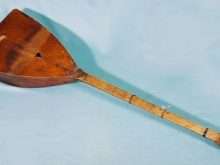
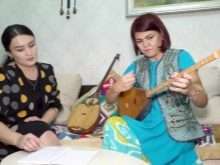
What is needed to play?
The initial development of the tool involves 4 steps.
- You need to learn how to sit properly with the instrument. The back should be straight, shoulders relaxed. The right foot is placed on the left, and the tool is conveniently placed on top. Fitting errors can affect not only the sound quality, but also the health of the student.
- Setting skills. The most commonly used is the fourth string tuning, when an interval of four steps (2.5 tones) is formed between the sounds of the upper and lower strings.
- Practicing combat techniques. Sound extraction is performed with the nail of the index finger, accompanied by a downward movement of the forearm. The fingers on the hand remain slightly clenched, but not in a fist.
- Acquisition of musical notation. Knowledge of notes, durations, fingerings and other intricacies of recording music will help you learn new pieces on your own.
Learning the technique of playing the Kalmyk dombra is easier under the guidance of a teacher who will detect and correct mistakes in time. However, with enough patience and perseverance, you can master the tool from a tutorial or video tutorials.
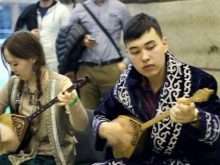
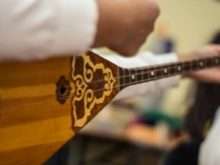

How to keep dombra?
This instrument is played while sitting. The back position is strictly 90 degrees. The body of the dombra is placed on the leg. The tool is placed at an angle of 45 degrees. In this case, the headstock should be at shoulder level or slightly higher. If you raise the dombra too high, it will create difficulties in the game. And the lower position of the neck of the instrument will cause the back to stoop.
When playing the dombra, the functions of the hands are clearly distributed. The task of the left is to clamp the strings on certain frets of the neck. It is placed so that the elbow is at the level of the neck of the instrument. The thumb is placed on the upper part of the neck in the region of the thicker string (upper). He will be responsible for clamping this string. And the finger should not stick out.
The remaining fingers are placed in a row from below. They are used to clamp a thin string. As a result, the neck of the dombra is in the gap between the thumb and forefinger.
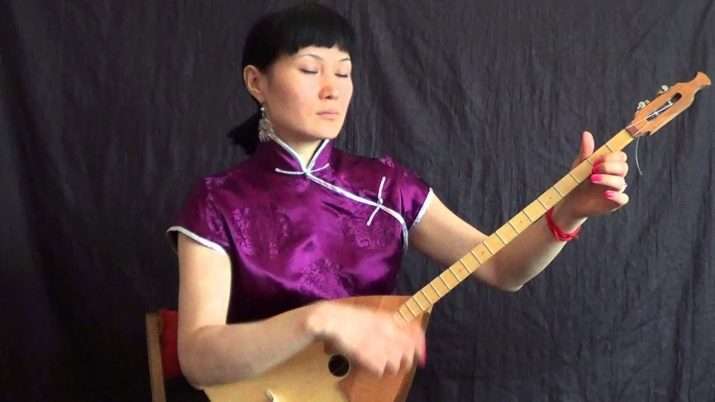
To clamp the string without falseness, you need to visually divide the fret into two parts. The finger with the string should be fixed in that part of the fret, which is closer to the body of the dombra. If you clamp the string strictly on the metal crossbar or in the part of the fret that is closer to the head, the sound will be rattling and indistinct, which will affect the overall impression of the game.
The right hand strikes the strings. To do this, the brush turns to the strings by 20-30 degrees, and the fingers are bent into rings. In this case , the little finger, ring finger and middle finger are in the same row. The index finger moves a little closer, and the thumb is inserted into the resulting gap, forming a semblance of a heart.
The strings are struck on the nail. The downward movement is carried out with the index finger, and the return up falls on the thumb. Pinching with the pad of your finger will cause the sound to lose its brightness. In addition, nails should not touch the deck. Otherwise, the music will be supplemented with unpleasant overtones. In movements, only the hand is involved. The shoulder and elbow area does not take part in the game.
It matters which part of the dombra to play. The working area for the right hand is located strictly in the shaded part of the soundboard. Playing to the left or right is considered a mistake.
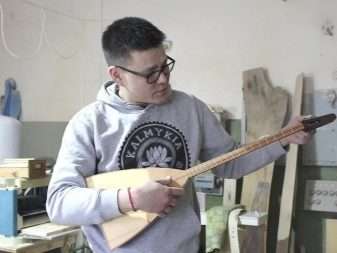
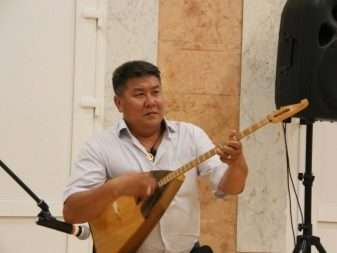
How to tune?
Here are some ways to set up for beginners.
By tuner
The device is attached to the head of the dombra. The display rotates at an angle convenient for viewing. For the lower string, the sound “re” (Latin letter D) is set. If the indicator lights up green when the string is sounded, it means that the tuning is correct. If the string sound does not match the note, the display will turn orange or red. The top string is tuned to “la” (letter A).
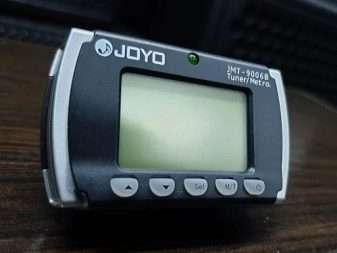
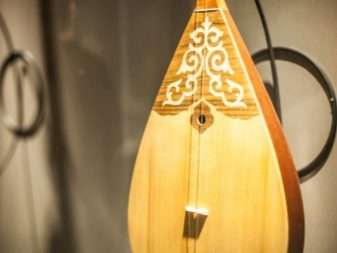
By computer program
There are several programs for tuning stringed instruments, including dombra. You can take one of them, for example, Aptuner.
The work is done according to a scheme similar to the tuner, but through the PC microphone, sitting with the instrument as close to the computer as possible.
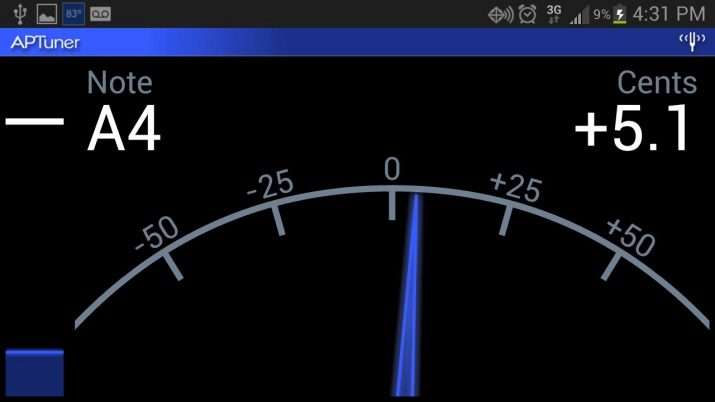
By tuning fork
Its sound should form an octave with the top string. Then you first need to tune the “A” string, and then use it to tune the “D”. The instrument is tuned correctly if the top string, pressed at the fifth fret, and the bottom open string form unison.
It is not uncommon to use another instrument to tune the dombra, including a piano or guitar. This is practiced when playing in an ensemble.
More experienced musicians can tune the instrument by ear if there are no instruments or other musical instruments at hand. But this requires an accurate memory for the pitch of the sounds.
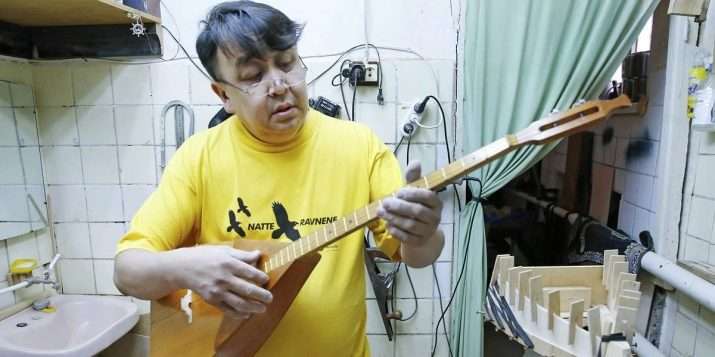
Learning notes
The study of musical notation is a very important step in the development of a musician. Like the ability to read, knowledge of music allows you to not be limited to a certain set of melodies learned by hand. Different technologies are used depending on the age of the students.
A preschool child who cannot read and write can explain notes using color combinations and geometric shapes. Colors make it possible to distinguish different notes in pitch. The circle, star, semicircle, triangle and square are fingers. There is also a system for performing techniques. For example, the calm state of the strings is indicated by a cross. And the checkmark suggests an upstroke.
A similar technique is successfully used in teaching children with disabilities.
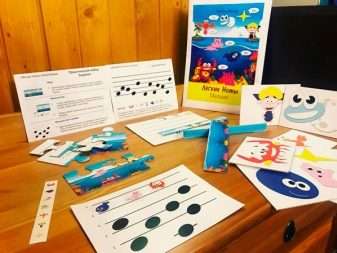

Starting from school age, it is worth thinking about mastering musical notation in the traditional version, which includes a whole range of knowledge. Let’s list the main ones.
- Note staff. Given the system of the Kalmyk dombra, it is enough to master the notes of the treble clef.
- Note durations and rhythmic patterns. Without this, competent mastering of music is impossible.
- Meters and sizes. The feeling of alternating strong and weak beats is important for the perception and reproduction of various musical genres.
- Fingering. The performance of virtuoso compositions directly depends on the ability to correctly position the fingers on the instrument, as well as to synchronize the movement of the hands.
- Dynamic shades. For a person who does not feel the difference between a quiet and loud sound, the performance will be monotonous and inexpressive. It is like reading a poem without expression.
- Performing tricks. Playing the Kalmyk dombra involves the use of a series of techniques specific to this instrument. They can be mastered independently or under the guidance of an experienced teacher.

Let’s summarize: the dombra chichirdyk is considered a folk Kalmyk instrument that has “relatives” in many countries and nationalities. The art of playing on it has been actively revived in recent years. Therefore, those wishing to master it on their own has increased.
Learning to play an instrument is unthinkable without proper fit, as well as an understanding of the basics of sound production. It is important to know the structure of the instrument, the ability to independently tune by ear, with a tuning fork or with the help of an electronic device. Some musicians can play several compositions on the dombra, having mastered them by hand. But it is impossible to master a more extensive repertoire without musical literacy. Methods of studying it depend on the age and skills of the students. Therefore, you should find the best method according to your capabilities and preferences.



How to play the Kalmyk dombra, see the next video.



